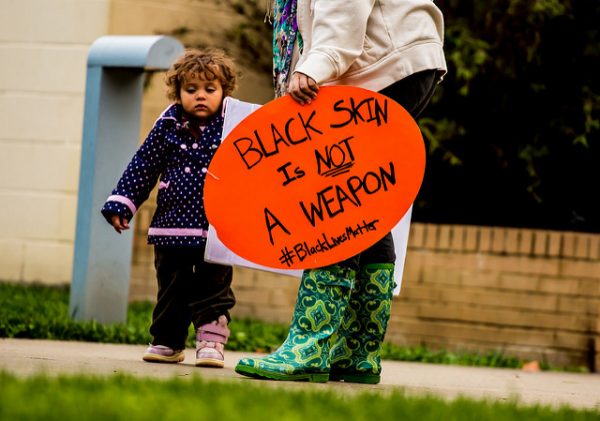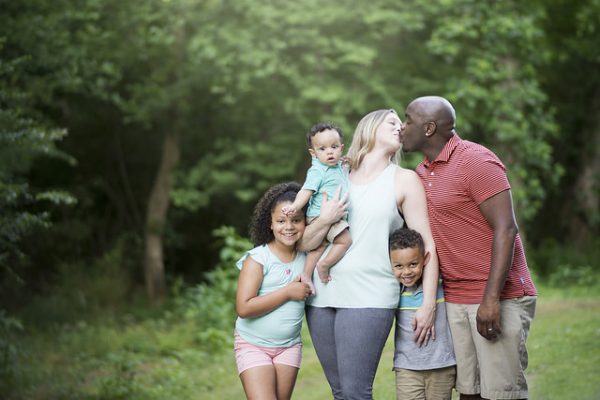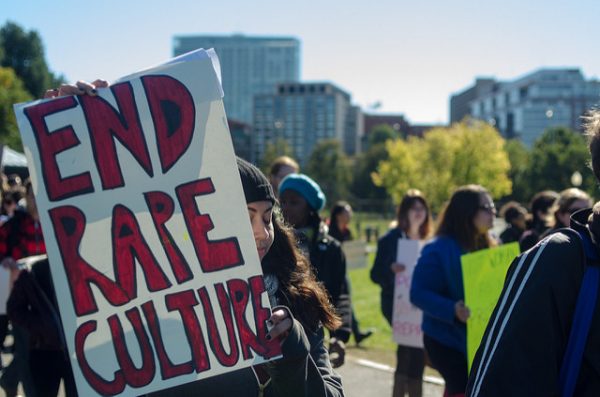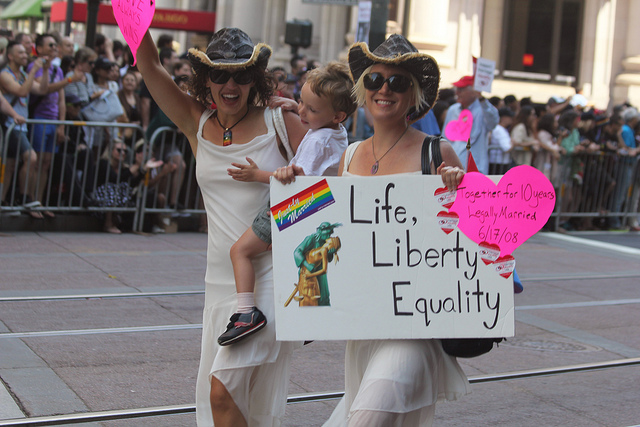
Valentine’s Day is a time when our rom-com scripts are in high gear. The quintessential V-Day script assumes a man and a woman in a monogamous romantic relationship celebrate by exchanging gifts, sharing a romantic dinner, and then ending the night with a steamy bedroom scene. In reality, many people challenge this script. However, these challenges are made more difficult by gendered socialization that reinforces norms about men’s and women’s bodies, heterosexuality, and sexual pleasure.
Children learn their bodies are gendered early in life. Institutions like sports and education systems often teach and highlight differences between boys and girls. For instance, preschool teachers construct gender norms by disciplining girls and boys differently — telling girls to be quiet more frequently than boys. And since girls and women have fewer opportunities than men to demonstrate physicality, they tend to underestimate their bodily capacities.
- Karin Martin. 1998. “Becoming a Gendered Body: The Practices of Preschools.” American Sociological Review 63(4): 494-511.
- Iris Marion Young. 1980. “Throwing Like a Girl: A Phenomenology of Feminine Body Comportment Motility and Spatiality.” Human Studies 3(1): 137-156.
Children also learn to privilege heterosexual relationships in schools. Some preschool teachers encourage what they see as “romantic” affection between boys and girls in their classes, but rarely interpret affection between children of the same gender as romantic. Children reproduce these norms in their own play. For instance, when playing “house” girls rarely play the role of “dad” and boys rarely play the role of “mom.” Further, when parents talk to their children about sexuality they also reinforce gender differences. For instance, mothers talk about relationships, reproductive bodies, and what sexual behaviors are considered “wrong” more with their daughters than with their sons.
- Heidi Gansen. 2017. “Reproducing (and Disrupting) Heteronormativity: Gendered Sexual Socialization in Preschool Classrooms.” Sociology of Education 90(3): 255-272.
- Karen Martin and Katherine Luke. 2010. “Gender Differences in the ABC’s of the Birds and the Bees: What Mothers Teach Young Children about Sexuality and Reproduction.” Sex Roles 62: 278-291.
These early experiences have consequences for how we view and understand our bodies. Despite the increased awareness of the benefits of developing a healthy sexuality, women tend to know less about their sexual bodies than men. For instance, women report lack of knowledge about the functions of their genitalia. They also tend to rely more on their sexual partners than men for sexual pleasure and are more likely to say they are indifferent about their sexuality.
- Eli Coleman. 2003. “Masturbation as a Means of Achieving Sexual Health.” Journal of Psychology & Human Sexuality 14(2-3): 5-16.
- Debby Herbenick, Michael Reece, Vanessa Schick, Stephanie A. Sanders, Brian Dodge, and J. Dennis Fortenberry. 2010. “Sexual Behavior in the United States: Results from a National Probability Sample of Men and Women Ages 14–94.” The Journal of Sexual Medicine 7(s5): 255-265.
- Breanne Fahs and Eric Swank. 2013. “Adventures with the “Plastic Man”: Sex Toys, Compulsory Heterosexuality, and the Politics of Women’s Sexual Pleasure.” Sexuality & Culture 17(4): 666-685.









